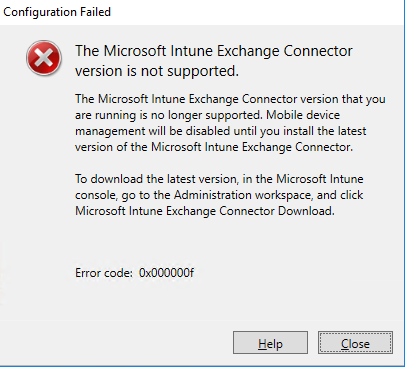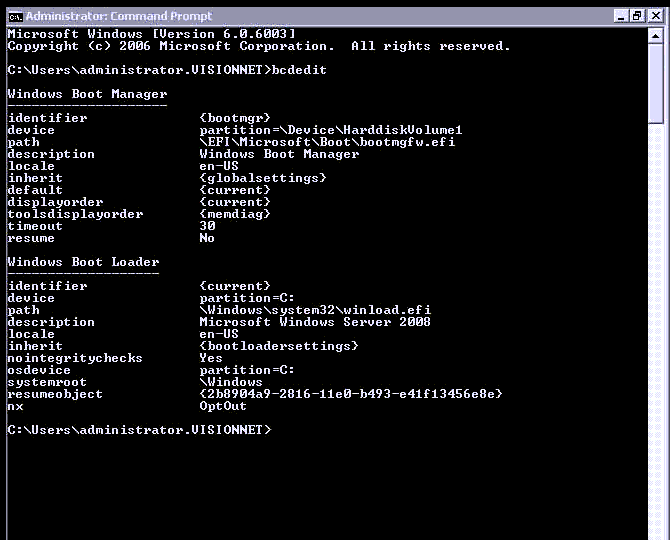This script checks first that folders exist, then that filename are the same, and then that file Hash is the same
#$folder1 = "C:\Temp\test"
#$folder2 = "C:\Temp\test2"
if ((Test-Path -Path $folder1) -and (Test-Path -Path $folder2)) {
echo "The folders exist"
echo "Folder1: $folder1"
echo "Folder2: $folder2"
$sourceFiles = Get-ChildItem $folder1 -Recurse
$destFiles = Get-ChildItem $folder2 -Recurse
if (Compare-Object $sourceFiles.Name $destFiles.Name) {
echo "The folders is not the same"
} else {
echo "Check of the folders show us that there have the same content - OK"
$SourceDocs = Get-ChildItem –Path $folder1 -Recurse | foreach {Get-FileHash –Path $_.FullName}
$DestDocs = Get-ChildItem –Path $folder2 -Recurse | foreach {Get-FileHash –Path $_.FullName}
if ($SourceDocs.Hash -ne $destDocs.Hash) {
echo "There are difference in the the files"
echo "folder1 Hash: $SourceDocs.hash"
echo "folder2 Hash: $DestDocs.hash"
} else {
echo "The folders are the same!"
}
}
} else {
Echo "One of the folders or both, dosn't exist"
}




